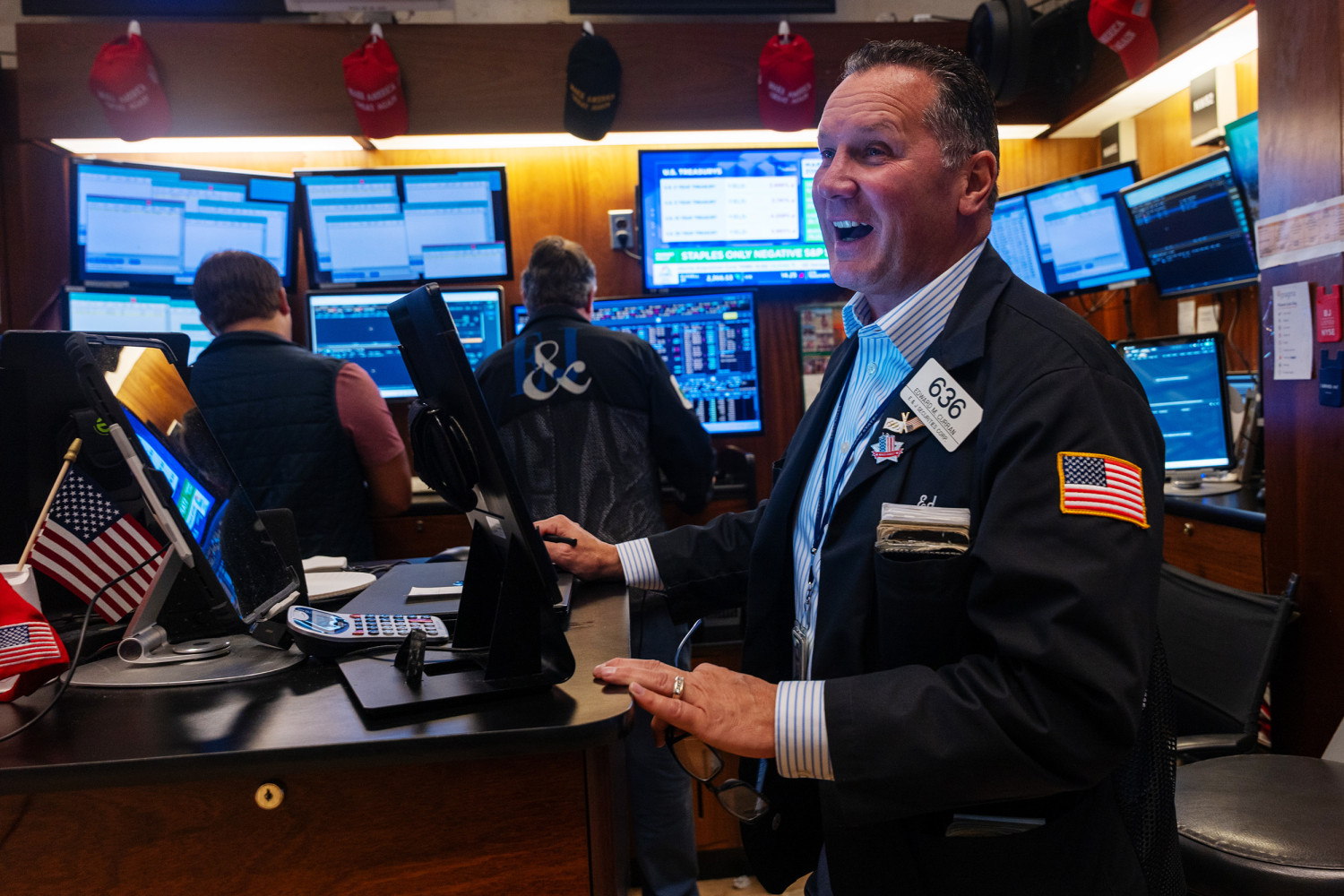The latest economic data from the United States reveals that inflation is once again on the rise, creating uncertainty just before policymakers announce their next move on interest rates.
The topic of inflation has dominated the financial landscape in recent years, and the most recent figures suggest that the challenge is far from over. For many households, businesses, and investors, the increase in consumer prices signals a continuation of financial strain at a time when borrowing costs are already at their highest levels in decades. The upcoming decision by the Federal Reserve on interest rates has gained even greater importance as economists, markets, and political leaders weigh the potential consequences of continued monetary tightening or a pause to provide relief.
Rising inflation affects nearly every aspect of daily life, from the cost of groceries to mortgage payments, and it serves as one of the most critical factors influencing economic stability. As such, the Federal Reserve’s task is not merely to react to the numbers but also to anticipate how long-term inflationary pressures might evolve and how the broader economy will absorb future adjustments. The increase in prices at this stage signals not only lingering supply chain disruptions and energy costs but also persistent demand that continues to challenge efforts to stabilize the economy.
The reasons for the resurgence of inflation
Recognizing the reasons behind the renewed increase in inflation involves analyzing both national and international factors. The energy markets, for example, remain crucial, with variations in oil prices and geopolitical unrest contributing to instability. As fuel and transportation expenses rise, this impact extends throughout supply chains, leading to higher costs in areas such as food production and consumer products.
At the same time, housing remains a powerful contributor. Rental prices and the cost of purchasing a home have risen sharply, largely due to limited supply and strong demand, despite higher borrowing costs. Even as mortgage rates discourage some buyers, the competition for available housing keeps prices elevated, adding significant weight to inflation indexes.
Another factor is consumer spending. Despite higher interest rates, American households continue to show resilience, supported by wage growth and relatively low unemployment. While this is positive from a labor market perspective, strong demand fuels higher prices, making it harder for inflation to retreat. This cycle has created a challenging environment for policymakers, who must balance the benefits of economic strength with the risks of entrenched inflation.
In the international arena, trade interactions, transportation expenses, and political unpredictability influence the inflation scenario. Disputes in some regions and frictions between leading economies cause disturbances that contribute to rising domestic prices, emphasizing the U.S. economy’s integration with worldwide markets.
The challenge for the Federal Reserve
The Federal Reserve now faces one of its most delicate decisions. For months, the central bank has pursued an aggressive policy of raising interest rates to cool inflation. Higher borrowing costs have slowed certain areas of the economy, particularly housing and business investment, but inflation remains above the Fed’s target of 2%. The recent uptick in inflation complicates the outlook.
Si el Federal Reserve incrementa las tasas nuevamente, corre el riesgo de acercar más a la economía a una desaceleración, con el aumento del desempleo y una disminución del gasto de los consumidores como posibles consecuencias. No obstante, si opta por mantener las tasas estables o recortarlas anticipadamente, la inflación podría aumentar aún más, socavando la confianza del público en la capacidad de la institución para gestionar la estabilidad de los precios.
The financial markets are keenly observing the actions of the Fed. Individuals investing are aware that choices regarding interest rates impact the valuation of stocks and bonds and determine the borrowing costs for both companies and consumers. Additionally, currency markets are affected since increasing rates tends to bolster the value of the U.S. dollar, affecting trade and investment on a global scale.
The credibility of the Federal Reserve is at stake. Having emphasized its commitment to controlling inflation, the institution must now prove that its policies are effective without triggering unnecessary economic pain. The choice it makes will resonate beyond financial markets, shaping political debates, consumer confidence, and the global perception of U.S. economic leadership.
Implications for households and businesses
For ordinary Americans, rising inflation means tighter household budgets and more difficult financial decisions. Groceries, utilities, and transportation costs eat up a larger share of incomes, while higher interest rates make mortgages, car loans, and credit card debt more expensive. The double pressure of higher prices and increased borrowing costs leaves many families with limited flexibility, forcing them to cut back on discretionary spending or delay major purchases.
Businesses, too, face a complex environment. Companies must navigate higher input costs while trying to maintain profitability. Passing these costs on to consumers can risk losing customers, while absorbing them internally reduces margins. Small and medium-sized enterprises, in particular, struggle with limited resources and less access to favorable financing terms compared to large corporations.
Still, certain sectors gain advantages in inflationary times. Energy corporations frequently experience increased income when fuel prices rise, whereas specific tech and consumer product companies successfully capitalize on demand even amidst climbing expenses. The varied influence of inflation on different industries highlights the intricate and diverse essence of this challenge.
For international partners, U.S. inflation and the Federal Reserve’s response have global consequences. Higher U.S. interest rates attract investment, strengthening the dollar but making it harder for emerging economies to manage their own debt burdens. Countries that rely heavily on dollar-denominated borrowing face increased pressure, while exporters to the U.S. must adapt to shifting demand dynamics.
What’s coming next
Looking forward, the path of inflation and interest rates will depend on a delicate interplay of economic indicators and policy responses. If inflation proves more persistent than expected, the Federal Reserve may need to keep rates elevated for an extended period, even at the cost of slowing growth. Alternatively, if inflation begins to ease significantly, there could be room for gradual cuts, but only with convincing evidence that the risks of a rebound are minimal.
The broader inquiry is still whether the U.S. economy can manage a “soft landing”—a situation where inflation decreases without causing a significant recession. Policymakers, investors, and the public aspire to this result, yet history indicates that handling these types of transitions is highly difficult. The upcoming months will offer vital information on whether the U.S. economy can endure the challenges of elevated inflation and tight monetary policy while preserving growth and jobs.
The continued presence of inflation as the Federal Reserve prepares to make an important interest rate decision highlights the lingering unpredictability within the worldwide economy. For the American public, this challenge is tangible—it is evident in day-to-day expenses, monthly loan installments, and bank savings. For decision-makers, it requires careful consideration and equilibrium. Globally, it emphasizes the impact of the U.S. economic path on international markets and financial frameworks. Thus, the forthcoming interest rate choice will not merely be a national policy decision but also an indicator to the globe regarding the forthcoming path of the world economy.



